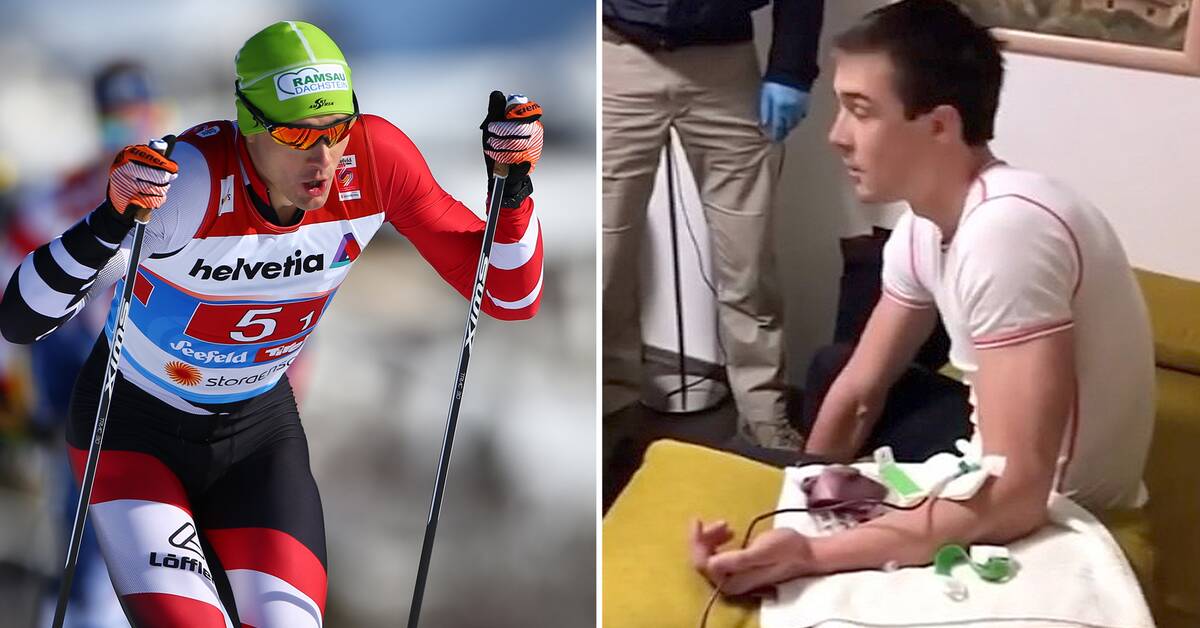The Austrian skier doped himself blood before competitions between 2016 and 2019.
- We doped our blood in the morning before the race, with a liter of blood in. After the race we took the blood out again.
Then we had control and the blood values were normal.
I was actually never tested after a competition, says Max Hauke to Dagbladet.
Wanted to succeed at home
Hauke says that there is a great risk of doping.
But a risk he was willing to take to succeed at the home championship.
He thought several of his competitors were doping - and he needed the seconds.
- I got about one percent better when I doped myself against when I did not.
If I competed for 30 minutes, I was 30 seconds better.
In a competition of one hour, I got about a minute better, Max Hauke tells Dagbladet.
In the season's world cup premiere in Ruka, it differed 29.5 seconds from first to eighth place in approximately 33 minutes of driving time.
- It shows that a one percent improvement can have enormous effects in international men's cross-country skiing, says Hauke.
"Many factors come into play"
Hauke believes, however, that earlier in sports history, other types of doping agents have been used that have had a better effect.
Among other things, the doping scandal with the Spaniard Johan Mühlegg in 2002.
- In the 90s and early 2000s, the profit was probably significantly greater than for us who doped us in 2016-2019.
There was no blood passport twenty years ago, and it was much easier to cheat, says Hauke.
The doctor and FIS honorary member Inggard Lereim is working to map and reveal doped athletes.
He believes that a one percent increase is relatively small.
- There are large individual differences, and it depends on the concentration and form of blood doping.
I do not know how accurately they have measured this, but it is a strong simplification to say that the effect is one percent.
There may be more as well.
There are many factors that come into play, says Lereim to Dagbladet.

